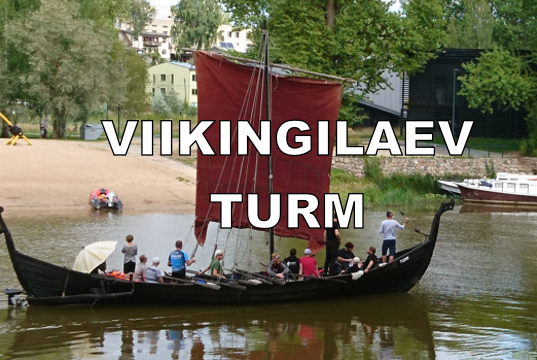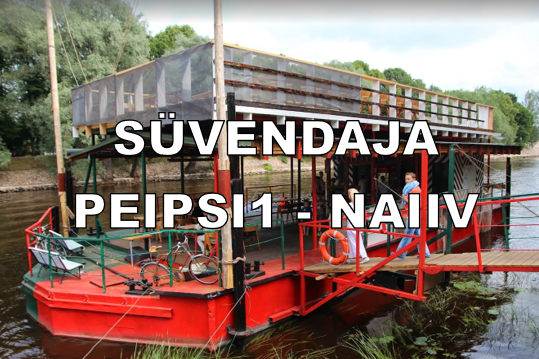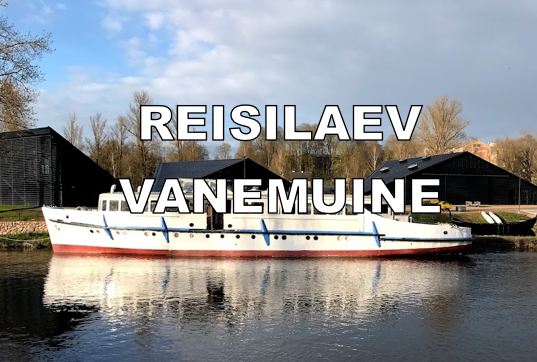Upcoming ticket-trips can be foun HERE!
Renting info of barge Jõmmu (up to 36 passangers) for private events HERE!
Renting info of big barge Suur Sume (up to 120 passangers) HERE!
"Our main idea is to offer people the opportunity to travel through time. Traveling through space has already been made so easy – a plane can take you to the other side of the world in a few hours, and that doesn't astonish anyone. But the real effect comes when, stepping onto a ship, one can go 500-600 years back in time."
- Priit Jagomägi, society director, in an interview for the publication "Estonia's Best Companies 2008."
The Emajõe-Peipsi barge is a unique wooden trading vessel. In Estonia, Peipsi barges sailed the inland waters for more than 600 years – from the 14th until the middle of the 20th cenutry – thus contributing greatly to the prosperity of several Estonian towns, especially Tartu.
When the Hanseatic League dominated trade across the Baltic and North Seas during the 14th-16th centuries, Peipsi barges heading for Novgorod carried mainly salt, cloth, beer, sweet wine and oriental spices. On the return, they brought furs, honey, and wax.
The 19th. century was the prime time for Peipsi barges, when there were more than 500 on Lake Peipsi and around 200 barges could often
be seen anchored in Tartu port. The townspeople needed firewood and food, coach horses needed hay. In the centre of Tartu, at the River Emajõgi, were separate wood, hay and fish markets. The leisure time of the barge merchants was happily spent listening to a accordeon or partying in the numerous city taverns.
Most of the sailing barges were lost in the tur- moils of the two world wars, when they were req- uisitioned as efficient military landing ships. The last of the historic barges could be seen sailing on Lake Peipsi in the middle of the 20th. century. By this time the magnificent square sails had been removed and the barges were being towed by engine-powered vessels.
The construction of a Peipsi-Barge
The archaic building methods dating back to the time of the Hanseatic trading ship koge (cog) changed little over the centuries – more than 600 year old clinker planking, the technique of strengthening the hull with strips of wood at- tached with metal clamps, and a huge square sail.
The unusually round and flat-bottomed hull of the barge (the length and width ratio 1,3:2) made it perfect for navigation in the shallow waters of the Emajõgi River and Lake Peipsi and land in the rather challenging port locations characteristic of the region.
Peipsi barges were usually 12-25 metres in length, but occasionally giants up to 35 metres were built. The cargo space of a Peipsi barge was quite large and the crew very small. Most of the time there were just three people quartered in the stern and forecastle.
Barges moved with the help of a large square sail. When there was no wind, the boats stood anchored. In urgent cases, the barges were towed from the riverbanks with long cotton ropes.






